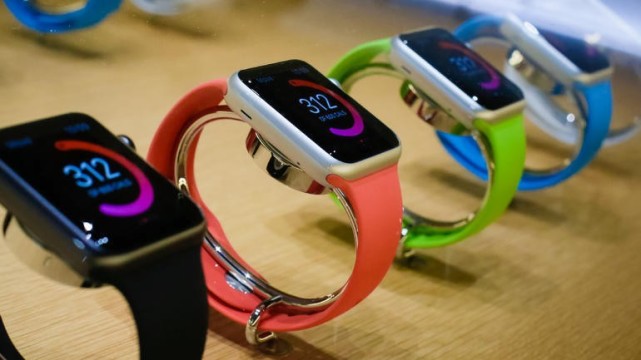IDC: the popularity of smart watches has risen to about 1/3 of this year's shipments.

According to foreign media reports, the latest research report released by market research company IDC on Tuesday predicted that the global wearable device market is expected to grow by 15.1% this year, and the total shipment volume will reach 132 million 900 thousand. The smart watches accounted for about 1/3 of the total shipments. Because the average selling price of these products is relatively high, their revenue accounts for about 2/3.
Senior research analyst at IDC Kit (Jitesh Ubrani) - what Wubulani said in a statement, the health and fitness function is always a smart watch the most appealing features, although the function is still very important, but users have begun to ask for more.
"Consumers are finally beginning to recognize the usefulness of smart watches and make this demand," Ubu Rani said. At present, smart watch has the highest fitness function, but mobile payment and message application are also popular. In addition, the function of cellular networking is becoming more and more popular among early users. Users are expecting more new uses, such as music flow or health sensors. These new uses will make the cellular network function a key factor for the success of smart watches.
It is estimated that the share of smart watches in the wearable device market will increase in the next few years, from 32.8% in 2018 to 38.3% in 2022. Meanwhile, the market share of fitness wristbands will shrink from 36% to 22%. But Ramon T. Llamas, director of IDC wearable device research team, said in a statement that such devices will not disappear completely, but the total shipment volume may increase slightly in.
"The demand for smart wristbands and the most basic smart watches will not disappear," Lamas said. Because of the simple operation and low price, these two types of products are the first wearable devices of the user, and they will continue to go on. As part of the digital health solution, they will continue to attract new users. These two types of devices are the best choice for consumers who want to wear a wearable technology but prefer the look and feel of a traditional watch. "
In addition to these two types of devices, IDC also tracks traditional watches, smart clothes, and smart headphones (including headphones and wireless headphones). Interestingly, IDC predicts that the most basic smart watches will continue to grow, because smart wristbands have been re standardized by various devices, and the most basic smart watches have become a separate category. It is expected that the share of smart headphones in the wearable market will rise from 2% to 6%, and the share of smart clothing will increase from 3.1% to 5.3%.
IDC expects a hybrid annual growth rate of 13.4% for the whole wearable equipment market in the next 5 years, with global shipments of 219 million 400 thousand in 2020.







